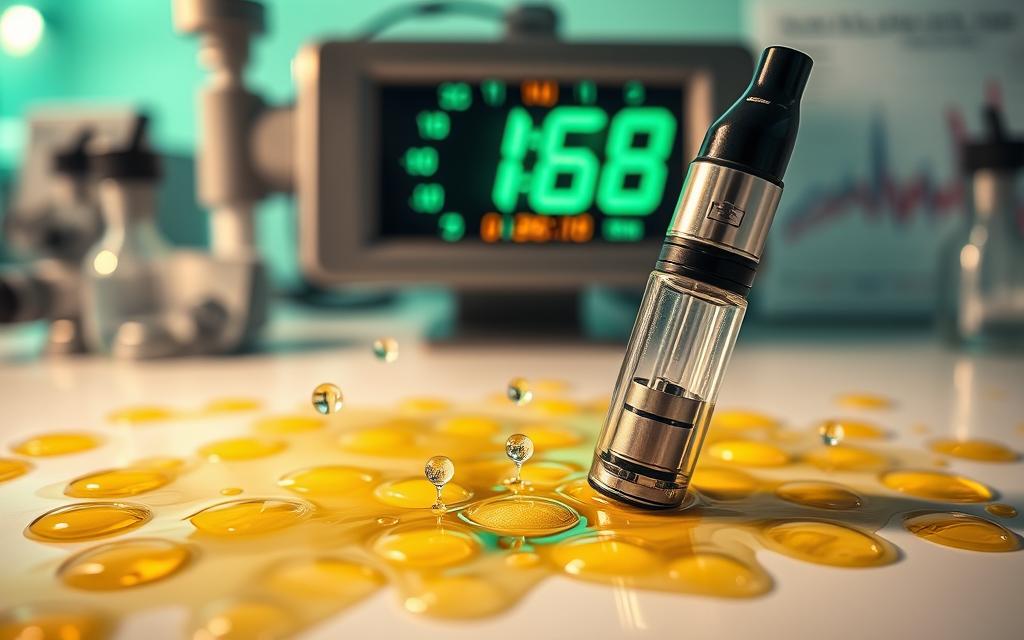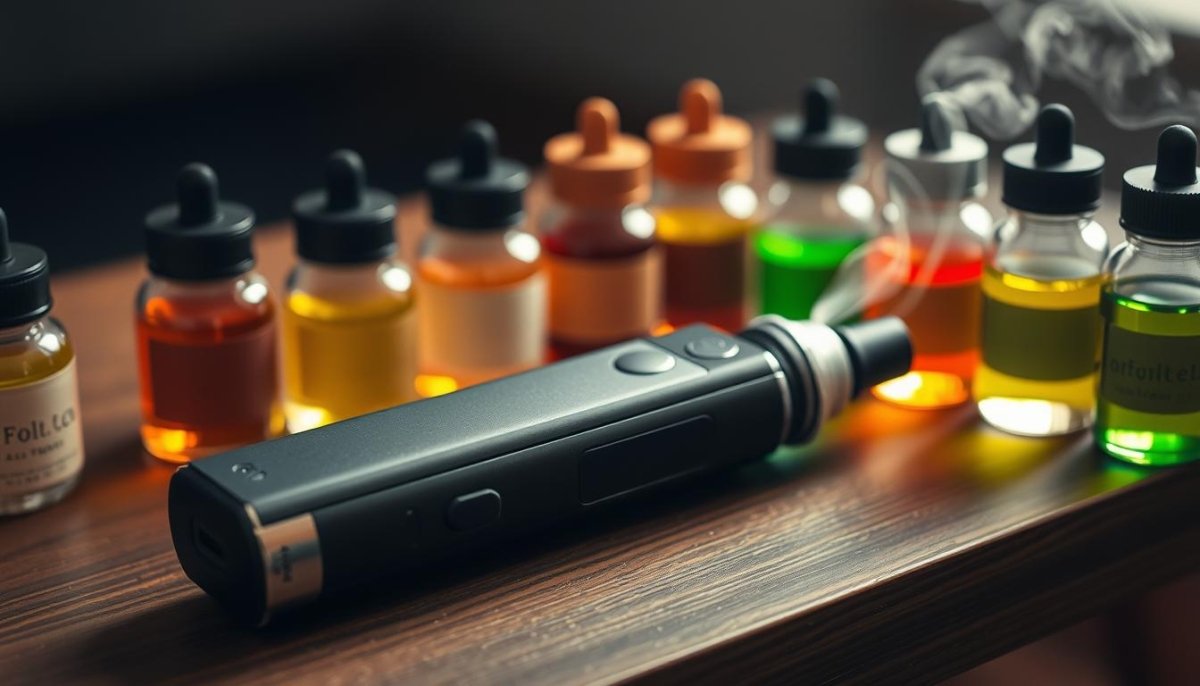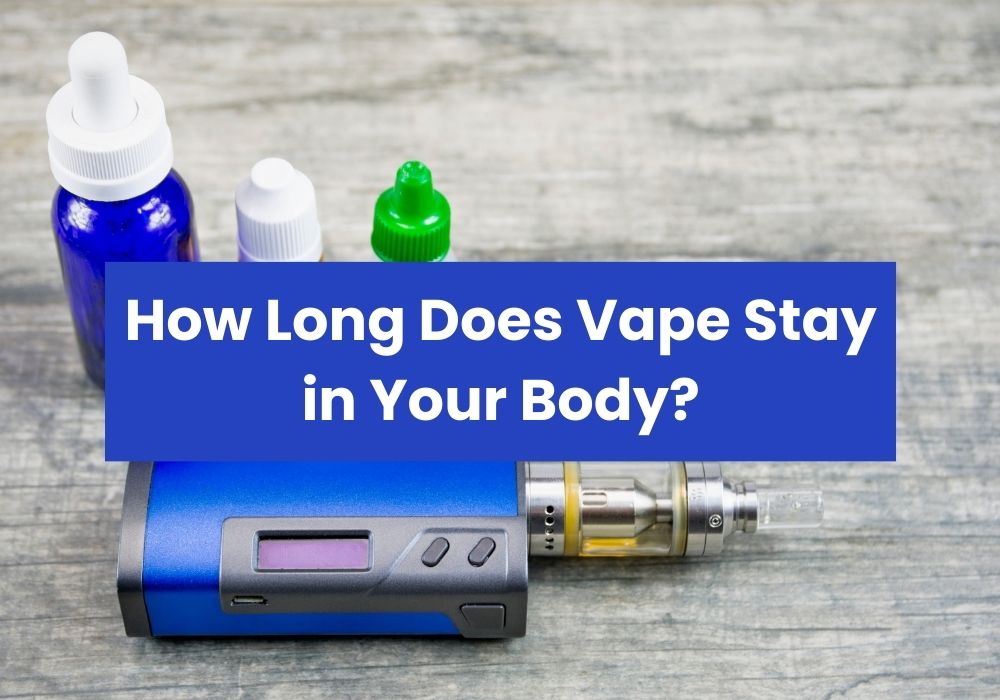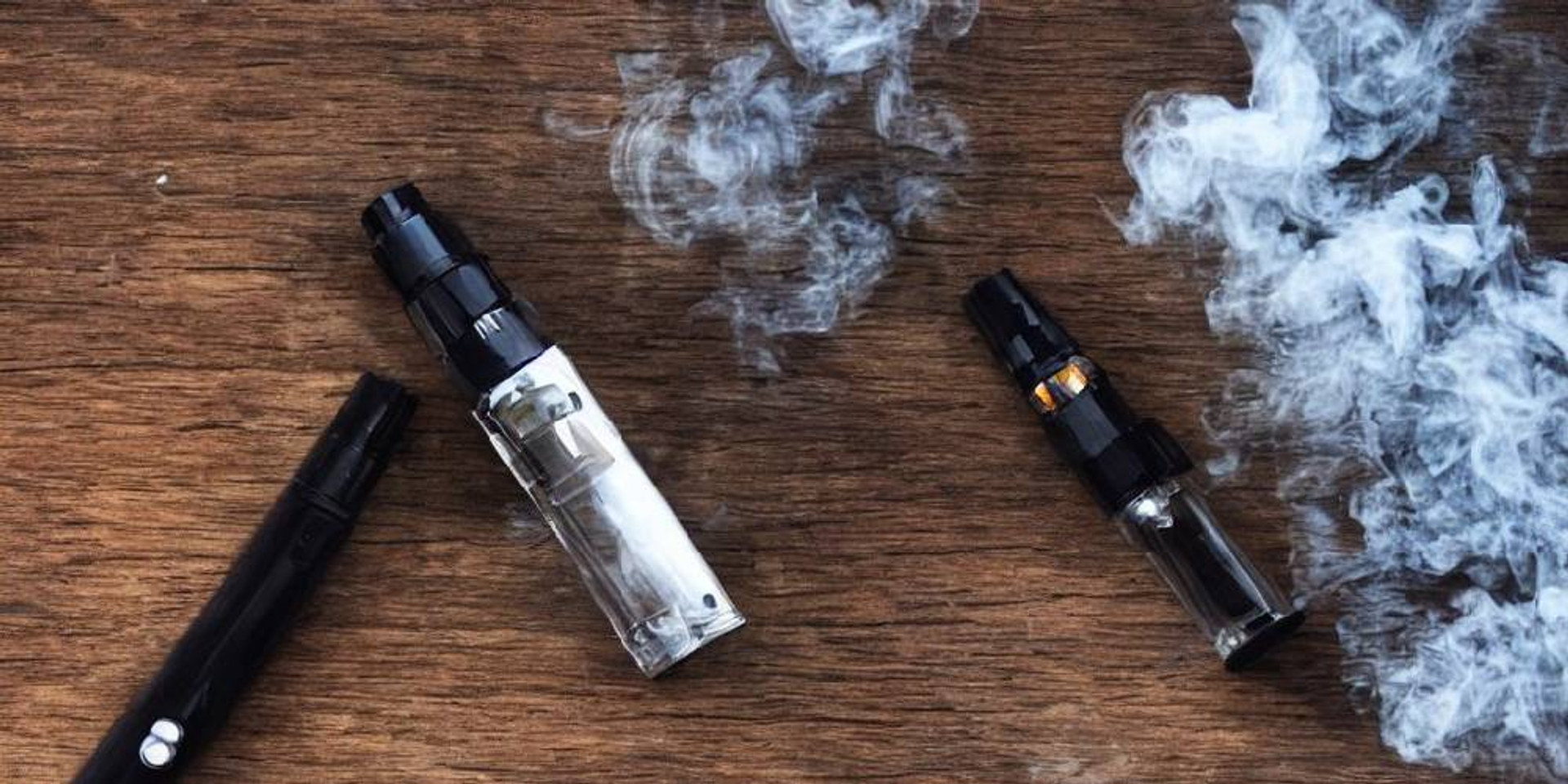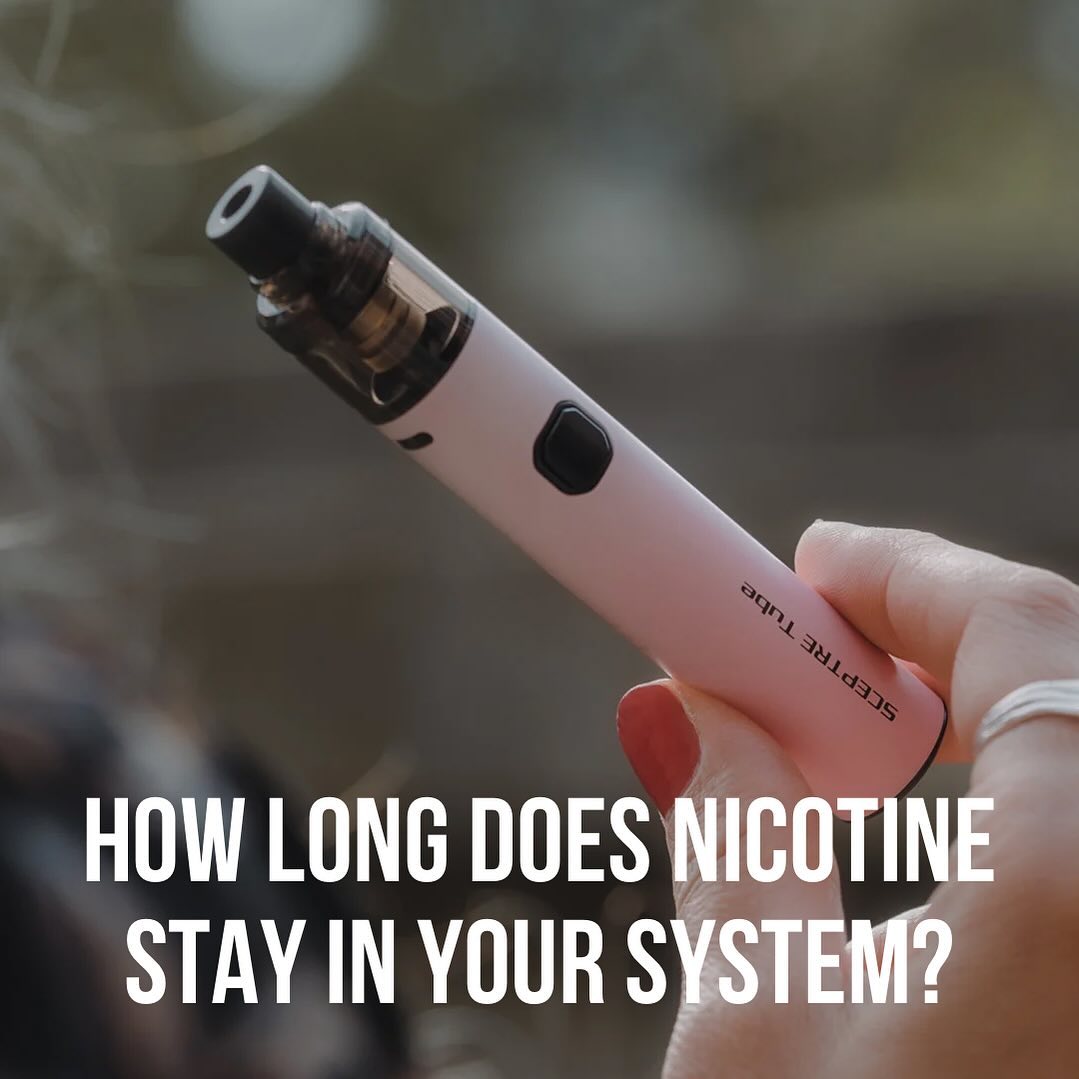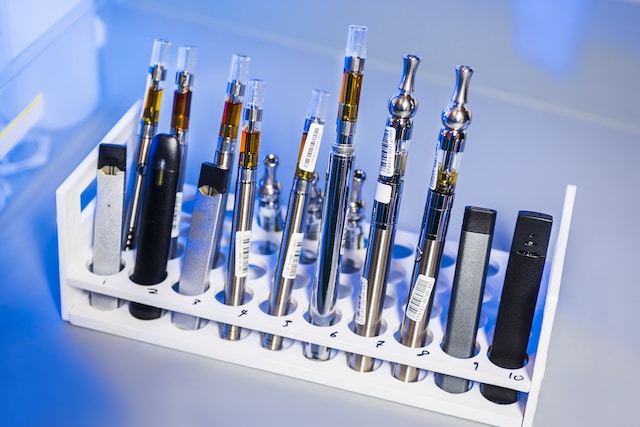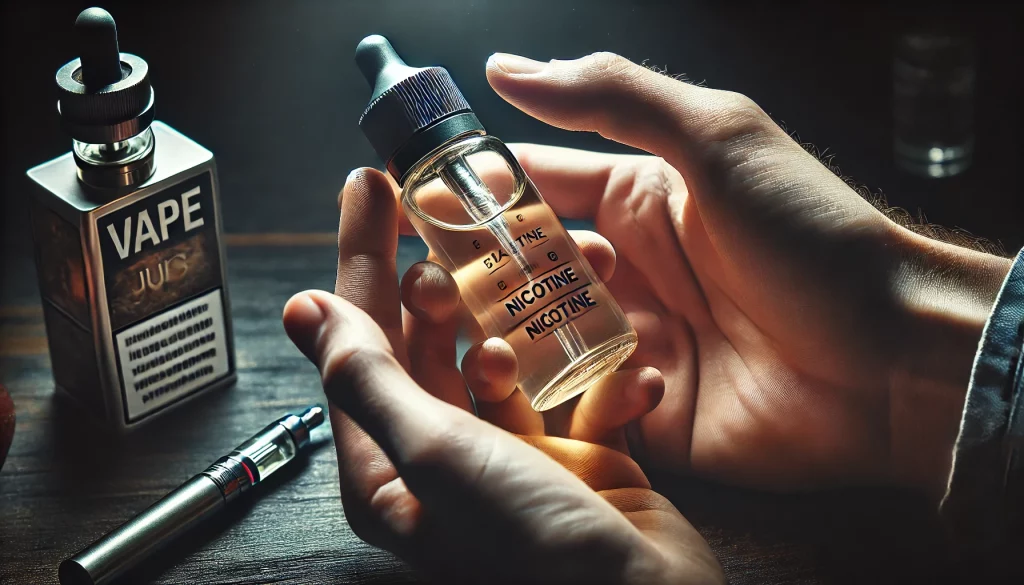How Long Does Indica Vape Last In Your System
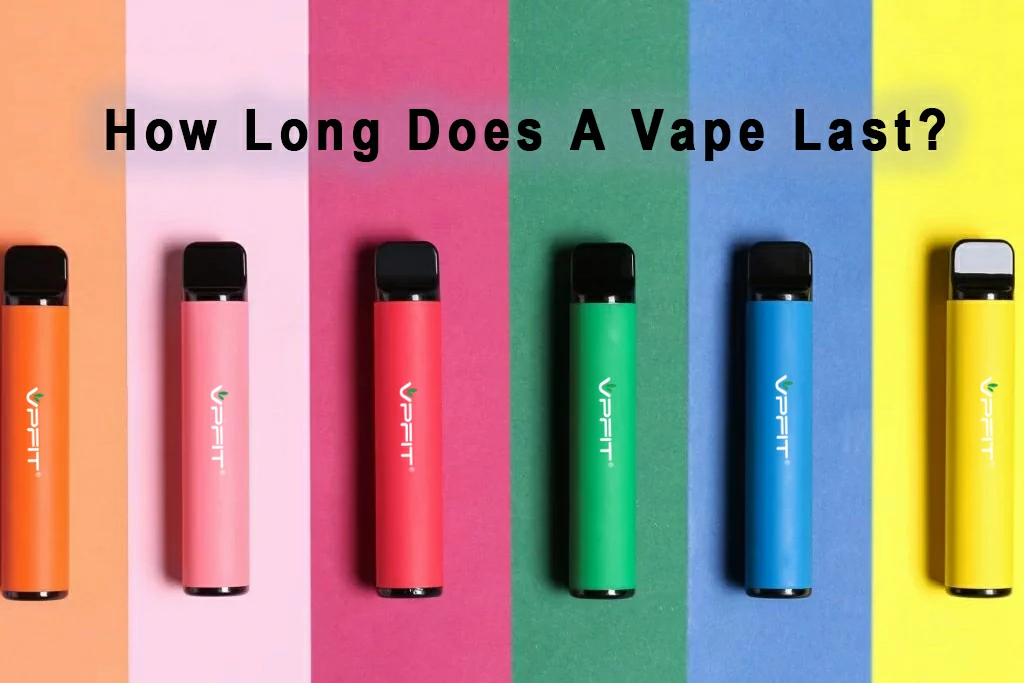
The use of indica vape products has surged in recent years, driven by their purported relaxing and therapeutic effects. However, a critical question looms large for users: How long does indica vape, specifically the active compound THC, remain detectable in the body?
This is not just a matter of personal curiosity. It carries significant implications for employment, legal compliance, and even personal health management.
This article will delve into the complex factors that influence the detection window of THC from indica vape products. This article explores the various testing methods, and provide insights into managing your usage based on scientifically backed information.
Understanding THC Metabolism
Indica vapes, like other cannabis products, primarily contain THC (tetrahydrocannabinol), the psychoactive compound responsible for the "high". When inhaled, THC rapidly enters the bloodstream and is distributed throughout the body.
The body metabolizes THC into several metabolites, the most important of which is THC-COOH. THC-COOH is a non-psychoactive compound that is stored in body fat and gradually released over time.
The detection window for cannabis use is determined by the presence of THC and its metabolites, particularly THC-COOH, in various bodily fluids and tissues.
Factors Influencing Detection Time
The duration that THC remains detectable in your system after using an indica vape is not a fixed period. A multitude of factors come into play.
Frequency of Use: The most significant factor is how often someone uses indica vapes. Heavy, chronic users will have a longer detection window compared to occasional users. Accumulation of THC-COOH in fat tissues occurs with frequent use, leading to a slower release and prolonged detection.
Dosage and Potency: The amount of THC consumed per vaping session and the potency of the vape oil play a crucial role. Higher doses and more potent products introduce more THC into the system, extending the time it takes for the body to eliminate it.
Metabolism: Individual metabolic rates vary significantly. People with faster metabolisms process and eliminate THC more quickly than those with slower metabolisms. Genetics, age, and physical activity levels influence metabolic rate.
Body Fat Percentage: THC is fat-soluble, meaning it accumulates in fatty tissues. Individuals with higher body fat percentages tend to store more THC-COOH, leading to a longer detection period.
Testing Method: Different drug testing methods have varying sensitivities and detection windows. Urine tests are the most common, but blood, saliva, and hair follicle tests can also be used.
Drug Testing Methods and Detection Windows
Different drug tests have varying sensitivities and can detect THC for different durations.
Urine Tests: Urine tests are the most frequently used method for detecting cannabis use. For occasional users, THC-COOH can be detectable in urine for up to 3 days. Moderate users might test positive for 5-7 days, while heavy, chronic users can have detectable levels for 30 days or even longer.
Blood Tests: Blood tests provide a shorter detection window compared to urine tests. THC is typically detectable in blood for only a few hours to a couple of days after use. This method is often used to determine recent impairment.
Saliva Tests: Saliva tests usually detect THC for up to 24-72 hours after use. They are commonly used for roadside drug testing and workplace screening due to their ease of administration.
Hair Follicle Tests: Hair follicle tests offer the longest detection window, potentially detecting THC use for up to 90 days. However, they are less commonly used due to their higher cost and the fact that they reflect long-term use rather than recent impairment.
Misconceptions and Important Considerations
There are many misconceptions surrounding THC detection times. Some people believe that drinking excessive amounts of water or taking detox products can quickly eliminate THC from their system. While these methods might temporarily dilute urine, they do not significantly affect the overall elimination rate of THC and its metabolites.
It's crucial to remember that the information provided here is for general knowledge. Always consult with a healthcare professional or toxicologist for personalized advice.
Legal regulations regarding cannabis use vary significantly by location. Understanding and complying with local laws is essential for responsible usage.
Managing Indica Vape Use and Detection Times
For individuals concerned about THC detection, the most effective strategy is abstinence. Reducing the frequency and dosage of indica vape use can also help shorten the detection window.
Maintaining a healthy lifestyle with regular exercise and a balanced diet can support a faster metabolism and potentially aid in THC elimination. However, these lifestyle changes won't drastically alter the detection timeline.
Individuals facing drug testing for employment or legal reasons should be transparent about their indica vape use with the relevant authorities, if permissible and advisable, depending on local laws and regulations.
The Future of THC Detection
Advancements in drug testing technology continue to evolve, with researchers exploring more sensitive and accurate methods for detecting THC and its metabolites. Some emerging technologies focus on detecting recent cannabis use with greater precision.
As cannabis legalization expands, there is a growing need for standardized testing procedures and regulations to ensure fairness and accuracy in drug testing. Ongoing research into the long-term effects of cannabis use will further inform testing protocols and guidelines.
Ultimately, understanding how long indica vape remains detectable in your system requires careful consideration of individual factors and the specific testing method used. Armed with this knowledge, users can make informed decisions about their consumption habits and navigate potential implications responsibly.

